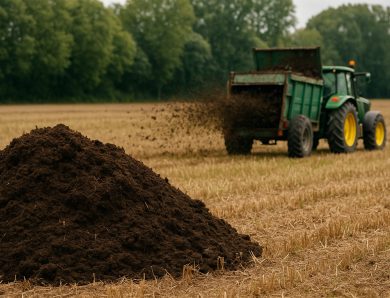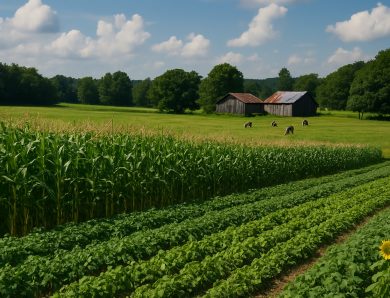
From Paddock to Plate: How New Zealand’s Regions Shape Their Food Stories
New Zealand’s landscapes provide more than scenic backdrops; they form the foundation for food traditions that vary from one region to another. Rural producers and urban chefs alike rely on local resources and centuries-old practices to create dishes with deep regional significance. The journey from field to fork is marked by careful cultivation, local pride, and seasonal rhythms that are as diverse as the land itself.
A Rich Tapestry of Regional Flavors
New Zealand’s regions contribute distinct characters to the culinary narrative. In some areas, small family-run farms have perfected time-honored techniques that pass from generation to generation. Others have seen the arrival of innovative growers who blend modern methods with ancient wisdom. Each region offers a unique combination of soil, microclimate, and community spirit that is evident in every bite.
- Central Plains: Known for its hearty crops and vibrant dairy production, the central areas provide the raw ingredients for rich, creamy cheeses and robust red meats.
- Coastal Communities: With access to both land and sea, coastal regions produce seafood and produce that reflect a balance between marine and terrestrial influences.
- High Country: Elevated terrains yield specialty products that have found favor in local markets, from artisan cheeses to handcrafted preserves.
Local farmers manage their crops and livestock based on traditions refined over many seasons. They integrate sustainable practices and natural cues from the environment to ensure that each harvest respects the land while meeting modern demands.
Climate’s Role in Shaping Farming Practices
New Zealand’s climate is a critical factor that molds food production practices across its regions. Farmers continuously adjust planting schedules, harvesting periods, and even the choice of crops based on seasonal variations. One statement stands out in this discussion: farmers observe that Auckland weather’s warm humid summers and Wellington weather’s cooler coastal climate influence farming styles, crops, or harvest timing, an insight that encapsulates the delicate balance between environment and agriculture. Such climatic influences drive decisions that can have long-lasting effects on flavor profiles and food quality.
Celebrating Local Ingredients
Ingredients sourced directly from New Zealand’s diverse regions form the backbone of its culinary excellence. Urban markets and rural fairs alike celebrate produce that carries the imprint of its origin. Vegetables, fruits, and grains are often grown in fields that have sustained communities for centuries. Artisans and chefs use these ingredients to produce seasonal menus that honor local produce while appealing to modern palates.
- Fresh Produce: Crisp greens, vibrant berries, and sun-ripened vegetables are staples that reflect regional soil and climate.
- Artisan Meats: Livestock raised in open pastures produce lean, flavorful meat that carries the spirit of the countryside.
- Craft Specialties: Local dairy and grain products have given rise to unique cheeses, breads, and pastries that feature in regional celebrations and everyday meals.
Each product tells a story of resilience and adaptation. The hands that plant, tend, and harvest the produce are integral to the narrative of a nation that values quality, authenticity, and sustainability.
Cultural Heritage on the Plate
Food in New Zealand is more than nourishment; it is a record of cultural heritage and local traditions. Regional dishes often blend the culinary practices of indigenous Māori communities with those introduced by European settlers. This synthesis is evident in the flavors, techniques, and ingredients that characterize local recipes. Community gatherings, markets, and festivals provide platforms for sharing culinary legacies that span generations.
Artisans often craft recipes that have been passed down, each telling its own story of resilience, innovation, and local pride. This sharing of culinary heritage strengthens community bonds and encourages a renewed respect for the land that provides sustenance.
The Future of Regional Cuisine
Sustained by tradition yet open to innovation, New Zealand’s food culture continues to evolve. Farmers and chefs work hand in hand to produce meals that reflect both local identity and forward-thinking practices. Investments in sustainable farming and renewable resources point toward a future where local food stories remain vibrant and resilient.
Community initiatives and local food festivals are gaining momentum as platforms to celebrate the regional bounty. These events invite visitors to sample fresh, locally produced ingredients, thereby reinforcing the link between the paddock and the plate.
Each dish and every ingredient is a testament to the bond between the land and its people. New Zealand’s regions, with their varied climates and rich traditions, ensure that every meal carries a piece of home and a slice of history.




No Comment